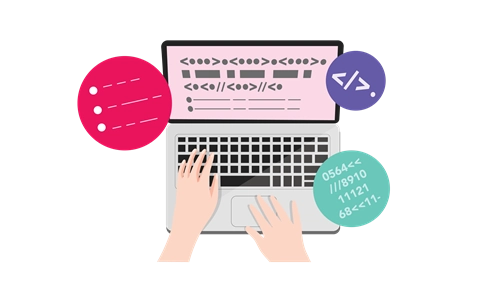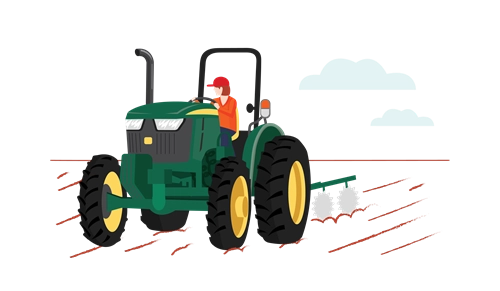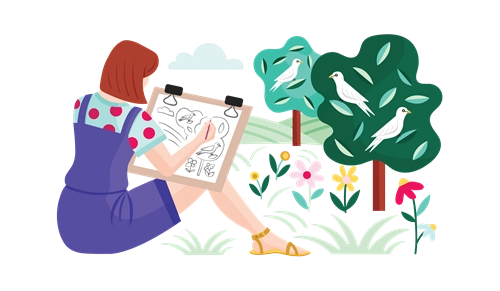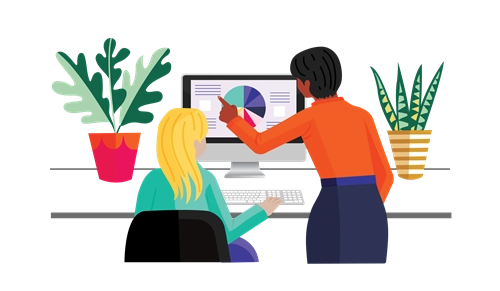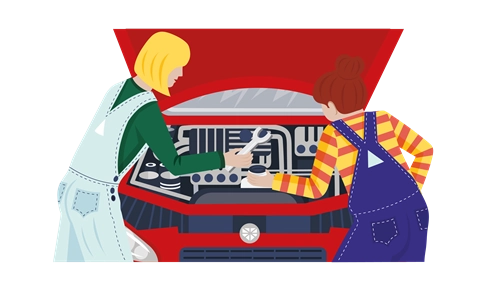-
Curriculum alignment
Design and Technologies
AC9TDE6K03 – explain how and why food and fibre are produced in managed environments.
AC9TDE6K05 – explain how characteristics and properties of materials, systems, components, tools and equipment affect their use when producing designed solutions.
AC9TDE6P02 – generate, iterate and communicate design ideas, decisions and processes using technical terms and graphical representation techniques, including using digital tools.
AC9TDE6P03 – select and use suitable materials, components, tools, equipment and techniques to safely make designed solutions.
- S
- T
- E
- M
Engineering from farm to table
Years 5 and 6
Learning hook
Place stalks of wheat, a bowl of grain, a bag of flour and loaf of bread on a table in front of students. Ask students what they see. What do they notice about each object? Can they identify each one? Can they explain where each object comes from? What else can students share?
Girls in focus
Some students may be reluctant to contribute to a class discussion if they don’t feel they have the correct answer. By opening discussions with a question that requires no prior knowledge – for example ‘What do you notice about these objects?’ – all students are invited to engage in the conversation.
Learning input
Explain to students that wheat is a plant grown from a seed and there are many different varieties grown throughout Australia. Australia produces about 25 million tonnes of wheat per year (AEGIC 2022), with Western Australia and New South Wales producing the most.
Around 75% of the wheat grown in Australia is exported to over 50 countries. The remaining 25% is used by Australians to make flour, breads, noodles, biscuits, cakes and pasta. It can also be used to feed livestock (farm animals). See the Resources section for more information about Australian wheat.
Learning construction
As a class, watch the Farm to Market: Wheat video. Following this, have students work in small groups to investigate different aspects of the farm to table process listed below. Each group will have key questions to answer for their focus area. Resources for each topic are provided in the Resources section below.
- Wheat farming in Australia
- Where is wheat grown in Australia?
- How is wheat grown?
- What technologies are used to grow wheat?
- Harvesting wheat
- When is wheat harvested?
- What technologies are used to harvest wheat?
- How is wheat transported to factories?
- Wheat to flour
- How is wheat turned in flour?
- What technologies are used to make flour?
- Manufacturing bread
- How is bread made?
- What technologies are used to make and distribute bread in large quantities?
Farm to Market: Wheat
Girls in focus
It’s helpful to draw students’ attention to stereotypes in STEM careers. Ask students to draw a farmer and then, as a class, compare their drawings to this snapshot of the Australian agricultural workforce. Explore whether the students’ drawings matched the diversity of the workforce, and why they may have held certain ideas.
Explore the snapshotLearning input
As a class, reflect on the technologies used in the processing of wheat from the farm to our tables.
Create a shared document that lists the technologies involved, provides an image or diagram of each, and explains the purpose of each.
Learning construction
Ask students to work in small groups to make a working model of a key piece of agricultural machinery (suggestions below). Students can watch a video (below), and then develop instructions to build the machine. They should be clear on the purpose of their model before beginning to build it.
Students can select their own project, or complete one of the following:
Once students have built their model following the instructions, they should test the model and iterate on the design to ensure it demonstrates the purpose they outlined. They may need to consider improving the materials used or the mechanisms within the model.
Girls in focus
Girls have been found to rely more heavily on instructions when engaging in hands on construction activities. Build student confidence by enabling them to follow multimedia instructions initially and then iterate on their designs.
When students are happy with their model, they can demonstrate it to the class, explaining how each component works, why they chose certain materials, and the role the machine plays in the farm to table process.
-
Rubric
Assessment
Criteria
Beginning
Achieved
Exceeded
Group research for wheat, machinery, technology and manufacture
Briefly outlined the area studied.
Gathered a variety of information on the area studied.
Gathered extensive information on the area studied.
Infographic
Infographic is simple in design and informs reader of some relevant information.
Infographic is detailed and informs the reader of its purpose.
Infographic is accurate, detailed and effectively informs reader of its purpose.
Video
Recording of video was informative but not completed.
Recording of video was informative and accurate.
Recording of video was informative, accurate and covered a great deal of content.
Design and draw a conveyor belt.
Diagram requires more labelling.
Creative diagram with clear labelling.
Highly creative, exceptional diagram with labelling.
Structural integrity
Conveyor belt was not stable and did not demonstrate its purpose.
Conveyor belt succeeded in carrying objects.
Conveyor belt demonstrated solid construction and carried items to destination successfully.
Extension activities
Completed activity with assistance in following instructions.
Completed activity successfully and followed instructions.
Activity was carried out with exceptional results.
Creativity, problem-solving and collaboration
Demonstrated some creativity, problem-solving and collaboration throughout task.
Demonstrated good creativity, problem-solving and collaboration throughout task.
Demonstrated excellent creativity, problem-solving and collaboration throughout task.
Resources
- Australian Export Grains Innovation Centre (AEGIC): Wheat
- Kidcyber: Wheat
- Processing wheat into flour
- Kidcyber: Farm Machinery
- National Agriculture in the Classroom: Agricultural Technology Timeline Cards
- Australian Government: Snapshot of Australia’s Agricultural Workforce
- Primary Industries Education Foundation Australia (2019) Grains: Paddock to Plate Years 5/6
- Kialla Pure Organics: Farmer’s Diary: It’s Harvest Time!
- FabFlour: How flour is made
- Future of farming
- John Deere Australia: The Digital Ecosystem Explained
- Baking bread in a factory
- Cosmos Magazine: Women Farmers are Changing the Rules of Australian Agriculture
